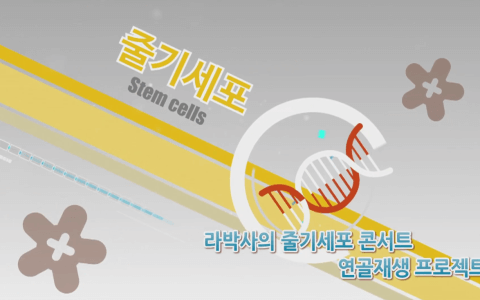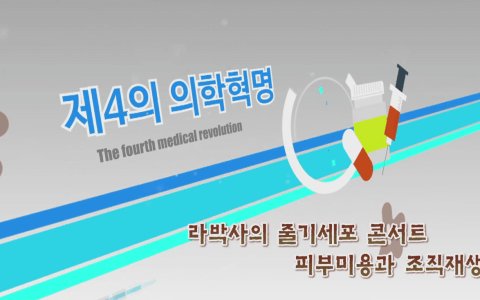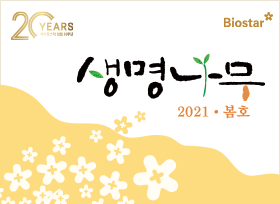A Prospective, Nonrandomized, no Placebo-Controlled, Phase I/II Clinical Trial Assessing the Safety and Efficacy of Intramuscular Injection of Autologous Adipose Tissue-Derived Mesenchymal Stem Cells in Patients With Severe Buerger’s Disease
Buerger’s disease is a rare and severe disease affecting the blood vessels of the limbs. Adipose tissue-derived mesenchymal stem cells (ADSCs) have the potential to cure Buerger’s disease when developed as a stem cell drug.
Read more






